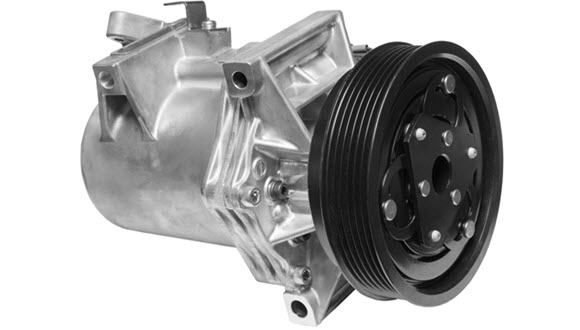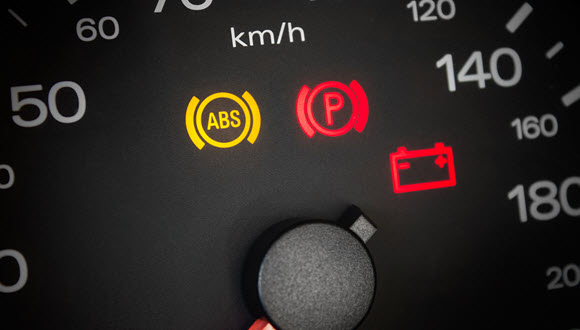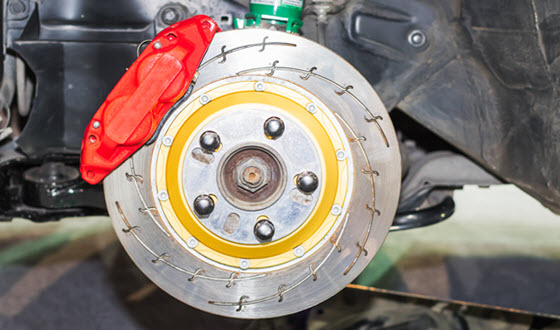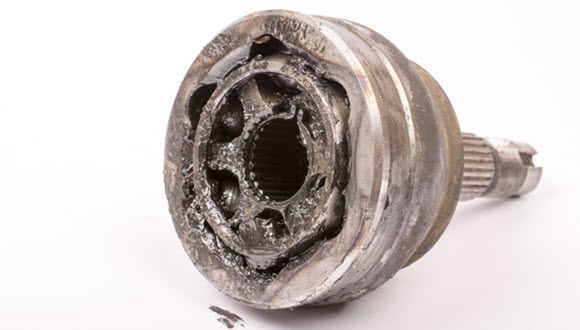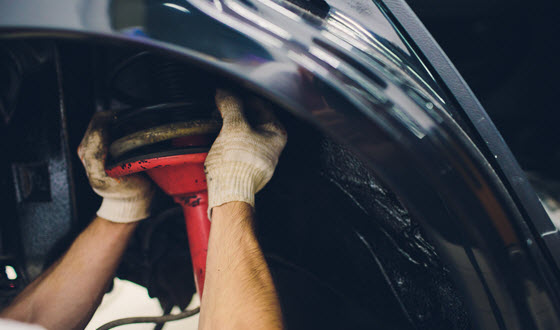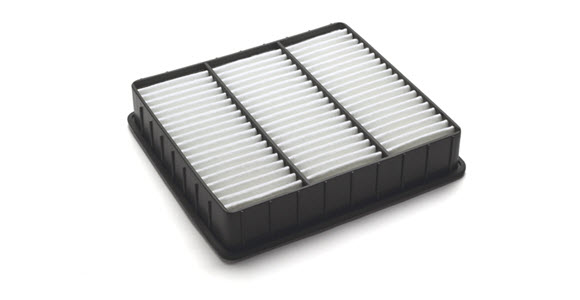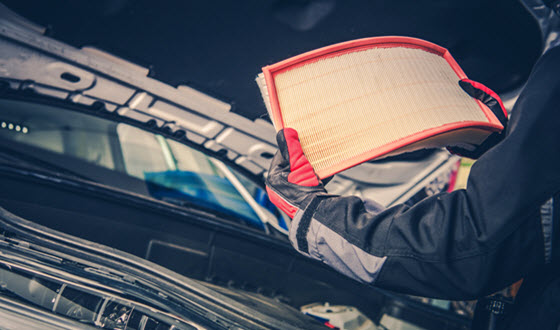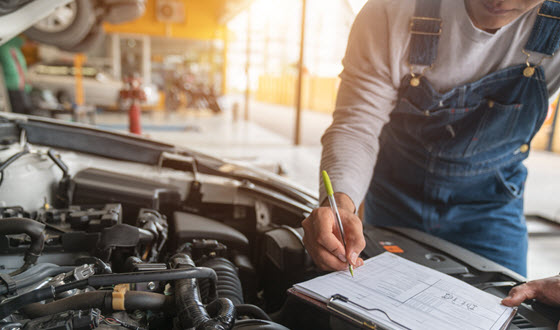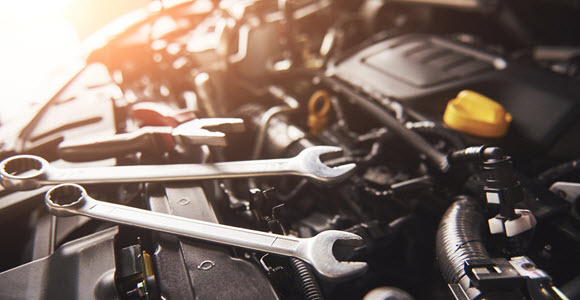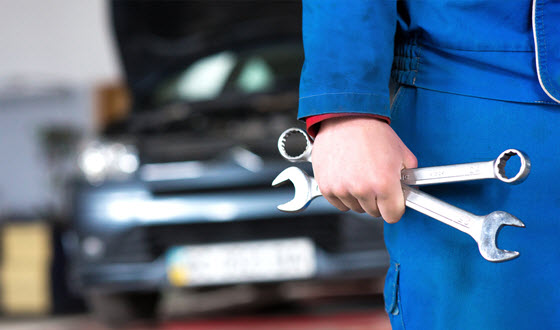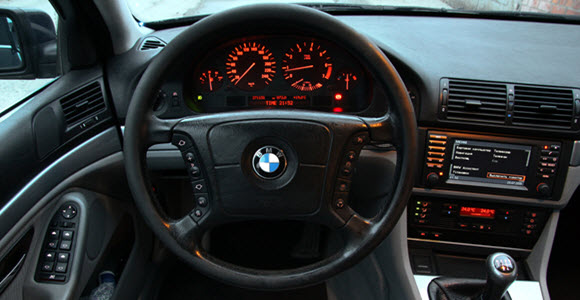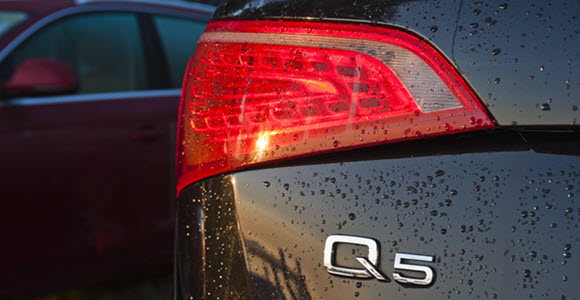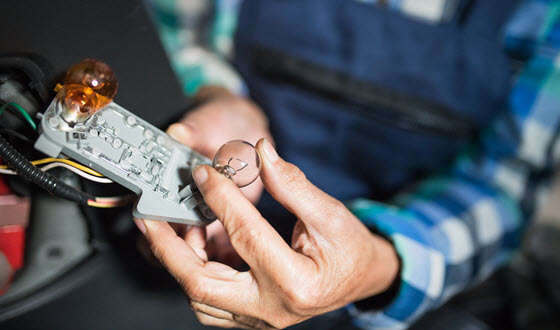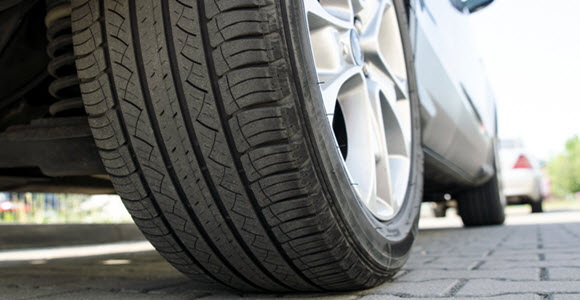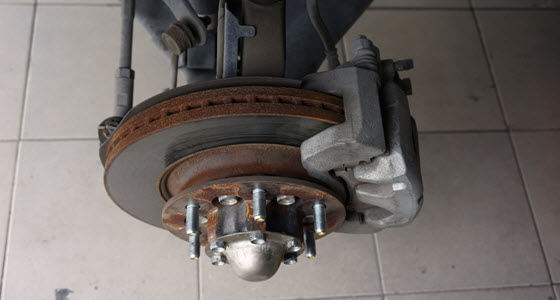Signs of a Failing Air Conditioning Compressor in Your Car in Dallas
Posted on | 8 Jul 2019 By Anita Gaal
Having the perfect driving experience is dependent on many different aspects. One of these variables is comfort. Many vehicles have been designed to ensure that they offer nothing short of the perfect driving experience. This comfort is assured through a smooth running engine, a perfect suspension system, and a fully functioning air conditioning compressor.
What is the air conditioning compressor?
The air conditioning compressor is directly responsible for ensuring that there is constant circulation of fresh air within the car. It does this by pumping refrigerant throughout the air conditioning system of the car. The refrigerant, as the name suggests, is a fluid that is tasked with absorbing heat in the refrigerant circuit of the air conditioning. The refrigerant works by absorbing heat from the air flowing into the cabin of the car before it is turned into vapor by the heat and transported back into evaporator to start the process all over again.
Causes of Air Conditioning Compressor Failure
The air conditioning compressor unit in the car can fail due to a number of reasons. Some of these reasons include:
- Deterioration of the compressor unit due to the lack of proper care and servicing is a major cause of failure. The unit will deteriorate much faster if it is not cleaned out regularly and the parts replaced periodically.
- Use of poor quality refrigerant can also cause damages and failure of the compressor in turn. In order for the compressor to function properly, the refrigerant has to be of a gaseous If the fluid cannot be compressed into a gaseous form to be passed through the compressor, and somehow fluid finds its way into the compressor, it will cause damage to the parts, such as the valves.
- Lack of proper lubrication of the air conditioning compressor can also cause the unit to fail. This is because the increased friction can easily wear down the parts and create leaks of the refrigerant. This causes the compressor to be overworked in an attempt to pump enough refrigerant through the system. When this happens over a long duration, the compressor can easily burn out.
Signs of Air Conditioning Compressor Failure
Because of the important role that the air conditioning compressor plays in ensuring that you have a constant supply of fresh air within the cabin of your car, you will most likely notice rather quickly if it develops a problem.
One of the immediate signs that you will notice is excessive hot air within the cabin of the car, even when the air conditioning unit is cranked all the way up. You may also notice that the compressor will produce loud whirring noises while it runs. These noises are as a result of breakage of the engine belt that drives the compressor.
Seizing is also likely to happen because of the compromised components within the compressor. A seized compressor will not be able to engage or disengage. Therefore, the compressor will not function.
What To Do
The only way that you can ensure that the air conditioning compressor in your car remains in perfect working condition is by sticking to a regular maintenance schedule. Through this maintenance, it will be easy to monitor the condition of the compressor and prevent any build-up of substances that may compromise the integrity of the compressor. It will also be easy to notice any faults within the compressor before they cause any extensive damage and leave the cabin of your car hot and uncomfortable.
You can also minimize the chances of compressor failure in your car by cleaning out the air filters and the coils regularly to flush out any unwanted substances that may have found their way into them. Ensuring that your compressor gets proper lubrication will also ensure that the components last longer.
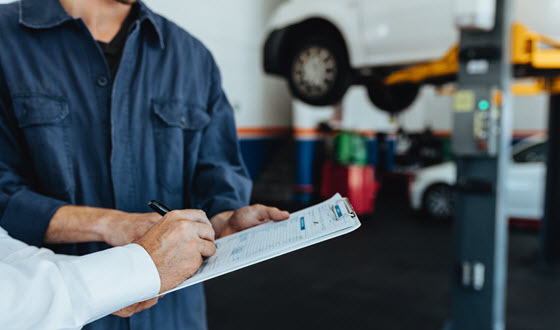
If you suspect a leak in the compressor, you can seek the assistance of an experienced technician to investigate and replace parts, if necessary. They can also help you to restore the compressor in your car and ensure that you enjoy your time on the road again.
At Euro Automotive, we have helped many drivers in Dallas, Arlington, Garland, and Fort Worth, TX to get their cars back on the road in tip-top shape. We are available to serve at your convenience. Give us a call to make an appointment, and we’ll be happy to help.





